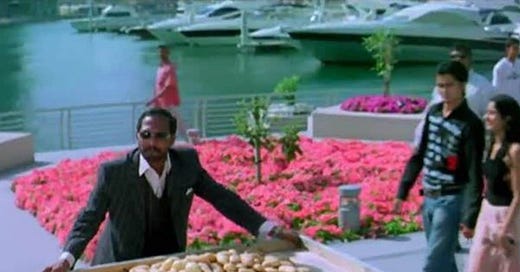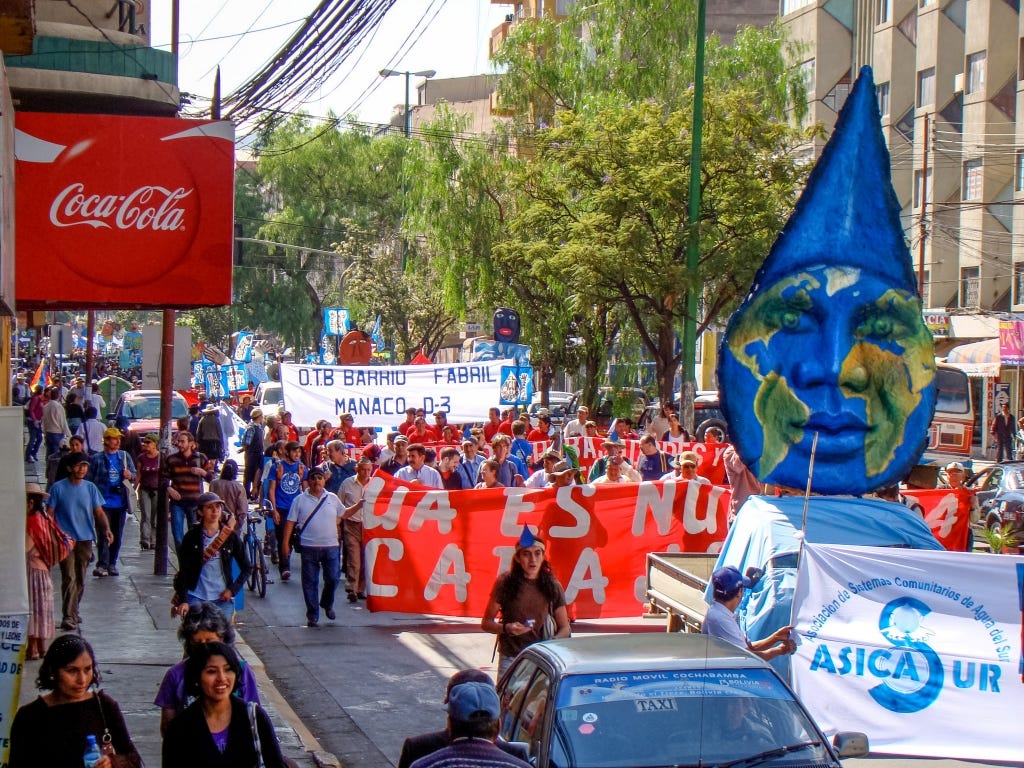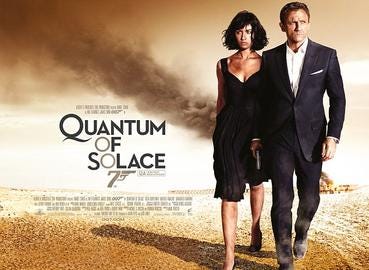The Cost of Not Operating: The Real Expense of Mis-Treating Endometriosis
There's the cost of surgery, and then there's the cost of no surgery
Note for the reader: this edition begins by talking an awful lot about onions. But we get to the point soon after that. Please bear with this author.
What’s expensive?
And I’m not looking for an answer like “onions”. I know that. It’s getting tougher day by day. But what I want to ask you is, what does the word expensive really mean?
What does expensive mean by itself?
You call onions expensive today because the subziwala is asking for an arm and a leg. But so is the real estate developer wanting to sell you your next house. Or the car dealer who has the black Mercedes you’ve been thinking about.
“Haan but an onion, a house, and a swanky car are different things na”
Yes! Exactly. They are. So calling something expensive requires comparison.
Ok now that we know that, what do we compare it to?
A 5,000 sq. ft. house in Ahmedabad costs less than a 5,000 square ft. house in Mumbai. (Some would argue that a 5000 square ft. house in Mumbai doesn’t exist)
“Haan but Ahmedabad and Mumbai! You can’t compare na!”
Great! So the next thing you need to call something expensive is comparability. We can’t do apples and oranges. It’s got to be apples to apples.
Onions cost 20 Rs. a kg 10 years ago. Now they cost one horse and three sticks of gold. The underlying onion is the same. It’s similar.
So that’s it? All you need to say if something is expensive is something to compare it against, and making sure it’s similar in nature? No.
The last and important piece of evaluating expense is essentiality.
Can you do without it? Can you not make the purchase at all? Is the expense essential?
If it is thoroughly essential, the evaluation is not between what it costs elsewhere or at a different point in time, but instead what it costs to not make this expense at all.
If onions were to actually cost 1000 Rs. a kg tomorrow, most of you would eliminate them from your diet. Use them for medicinal purposes or grow them, unsuccessfully, in your back yard. But that’s it right? You would continue to get your nutrition from elsewhere and finding no market for onions, fewer farmers would now want to grow them, and eventually, onions would become ornamental in nature. And life would go on.
But what if this happened with water? What if it started to cost 1000 Rs. a litre and you had not other way of getting it? You can’t eliminate it from your lives. And most of us don’t have a 1000 Rs. to spend every day. So we die? But before we do, there would be anarchy, arson, riots.
The thirsty would take to the streets and burn everything and everyone they thought is responsible for this. And this happened for real. It’s called the Bolivian Water War or the Cochabamba Water War which was a fight that erupted between the people of Bolivia and the government who privatised the water supply leading to unaffordable water prices for the people.
Side note: These protests were so iconic and their backdrop so bizarre that the Daniel Craig starring James Bond film Quantum of Solace was heavily based on this incident
So when evaluating a decision to spend or not to spend, one must not only compare the decision to another that is of the same level and quality, but also more importantly evaluate what happens when you don’t do anything at all.
When figuring out whether a certain surgery of endometriosis should or should not be done, patients often only evaluate whether their pain is serious enough to make that expense, or if the technology they want to get operated with needs to be this sophisticated at all. While most people aren’t even fully equipped with the information needed to make that choice, there is still a liberal assumption that not getting the surgery is also an option.
We’ve often seen doctors propose, “let’s see if medication can fix it” knowing fully well that it cannot. Prolonged medical management only worsens endometriosis and rarely helps it.
So earlier today we hopped on to an excel sheet that started punching some numbers to find out what it costs to not operate on a case of symptomatic endometriosis. This table also applies to cases of improper management of endometriosis.
It takes a woman an average of 6 years living with symptoms before she gets diagnosed with endometriosis.
In these six years she is
Making routine hospital visits (INR 3000 to 5000 / year)
Getting ultrasounds at every visit ( INR 3000 to 5000 / year)
Frequent blood work ( INR 8000 to 10,000 / year)
Some form of medical management ( 1 Dinogest per day @ 60 Rs. a pop)
OC Pills (INR 75-100 per month)
A mirena insertion in some cases ( INR 5000 to 10000 one time)
Transit to and from hospitals ( INR 2000 to 4000 / year)
A one time surgery when trying for pregnancy ( INR 2,00,000 to 2,50,000)
2 Cycles of IVF ( INR 2,00,000 to 2,50,000 per cycle)
Lost encashable holiday time from work owing to hospital visits and immobility (INR 20,000 to 30,000 per year)
Put it all together and you get anywhere between 10,50,000 to 12,50,000 INR in total.
Even the most advanced robotic assisted laparoscopic surgery will cost a patient of deep infiltrating endometriosis less than what it would cost them to do nothing at all.
With a complete and wholistic surgery, we’ve seen first cycle (IVF for pregnancy) success rates in cases of DIE of up to 40% and a two cycle success rate in pregnancy of up to 80%.
Not only does a timely and complete surgery help a person achieve pregnancy with greater certainty but it also saves them more real money than the decision of not undergoing the procedure at all.
And all this is over and above the expense that they save notionally in terms of a better spirit, a healthier mental state, and a greater peace of mind. We wrote extensively about the emotional cost of sitting on endometriosis in a previous edition that you can catch here And today, we evaluated the real financial cost of not going under the knife.
Sure, we run the risk of coming off as trigger happy scalpel thirsty surgeons. And it doesn’t help that our entire personal wealth is built on top of surgeries. But we hope that his letter opens a conversation about the cost of doing and not doing something. And we hope that more people get a chance to fairly evaluate their options.
That’s it for this week.










